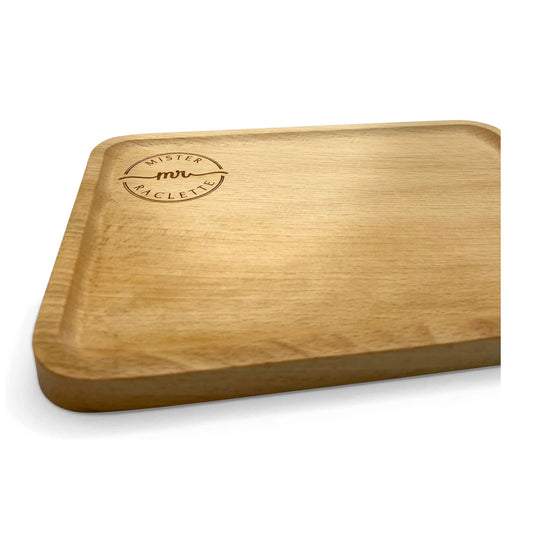How is a raclette cheese made?
Making raclette cheese
The raclette cheese, pillar of Swiss cuisine, embodies tradition and ancestral know-how. Deep in the Swiss culture, Valais AOP raclette cheese transcends the role of a simple culinary ingredient to become the symbol of an exceptional heritage and quality. By the way, in this article, we meticulously explore the process of making raclette cheese, revealing the secrets of its unique taste and perfectly melting texture. From Swiss green pastures to refining wineries, every stage of raclette cheese production is an art. Indeed, join us on this fascinating journey to the heart of the cheese tradition, where passion, precision and patience combine to produce Valais and PDO raclette cheese, synonymous with incomparable quality.
Quality of milk and its initial treatment
The making of cheese to Raclette Valais begins with the rigorous selection of Swiss milk, recognized for its purity and richness. Swiss cows, raised in the open air, feed on tasty herbages, thus producing milk of exceptional quality. This milk is the fundamental basis of PDO raclette cheese, whose reputation is based on this first choice raw material.
In the cheese vats, the milk is carefully brewing and heated to 32 ° C. At this point, specific bacterial cultures and retnet are added. These ingredients play a crucial role in the development of the aroma and texture of cheese. After about 30 minutes of rest, the milk begins to clagulate, thus forming the curd, a key step in the production of the raclette cheese.
Key steps in making raclette cheese
The transformation of milk into raclette cheese Valais AOP is a complex process that takes place in several carefully orchestrated stages. Indeed, each step, from the cooling of the milk to the salting, plays a crucial role in determining the texture, taste and quality of the cheese.
Cooling and maturation
The first essential step is the rapid cooling of milk to less than 10 ° C, guaranteeing its freshness and quality. The RA 401 culture is then added to the cooled milk, beginning the maturation process. This process promotes the development of lactic bacteria, fundamental to the characteristic flavor of raclette cheese.
Presurage and Coagulation
The empresurage, a stage where the spring is added to the milk, is done at a precise temperature of 32 ° C. This phase is crucial to obtain a homogeneous clagulation of the milk, which then turns into a curd. Coagulation should proceed evenly to ensure the quality of the cheese.
Decompling and heating
Declining involves cutting the curd into small grains, a delicate process that requires experience and precision. The grains are then heated to about 42 ° C, which facilitates the extraction of the palate and gives the cheese its distinctive firmness.
Final Bremassage and cheese outlet
After heating, Valais raclette cheese enters the final brewing phase. This process lasts between 15 and 20 minutes and is essential for drying curd grains. It promotes careful selection of bacterial flora. At this point, the quality of the cheese is partly determined, since the grains must separate completely when pressed by hand before removing them from the whit.
Pressing and turning cheese when making raclette cheese
The curd grains are placed in pans to press them, removing water and solidifying the texture. PDO raclette cheese is turned over several times, ensuring uniform moisture and good crust.
Salting and conditions of the cellar
The cheese stone spend 24 hours in a brine bath to extract the liquid and form a solid crust. In the refining cellar, temperature and humidity controls guarantee ideal conditions for the ripening of raclette cheese.
Refining and quality control
Caves refining process
Once formed, the raclette cheese matured in the cellar for three to six months. During this period, each roller, including the Valais and PDO varieties, receives meticulous care. The rub with morged water and regular flippers are essential. These care helps to form the typical yellow crust and develop its unique taste and smell.
Stricious quality control
Stricious quality controls accompany the refining of raclette cheese. The expertise of cheese makers is essential to assess maturation and firmness. In addition, the Association Raclette Suisse collaborates with the Food Sciences Institute of Berne. They carry out annual analyses to maintain the high quality and authenticity of the thuds.
Conclusion of the manufacture of raclette cheese
The making of raclette cheese, including the Valais and AOP varieties, is a link between tradition and craft. Each step, from the choice of milk to the refining, is essential for its unique taste and texture. Swiss producers, respecting traditional methods and quality standards, preserve the heritage of raclette cheese, a culinary treasure.
The process of making raclette cheese shows passion, precision and patience. This cheese is a pillar of Swiss cuisine and is appreciated by international foodie.









